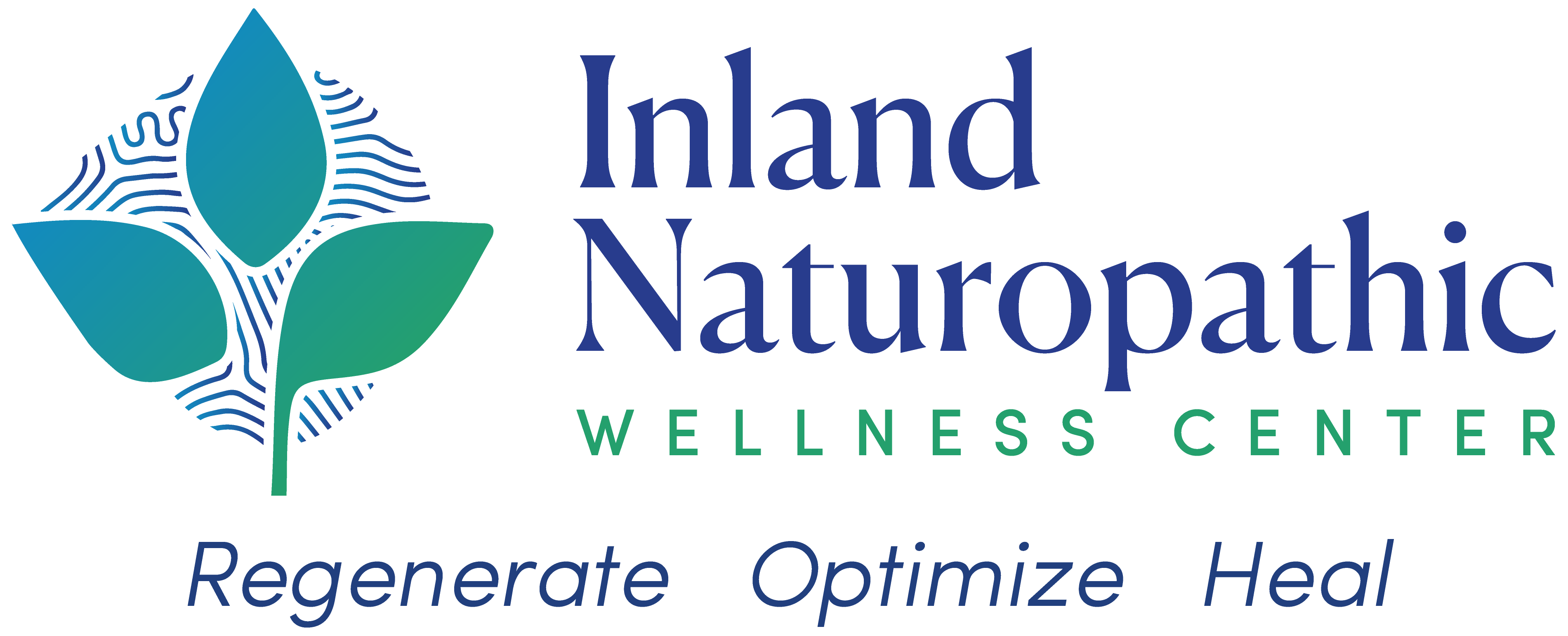Did you know that circulating estrogen metabolites are linked to an increased risk of breast cancer? You see, estrogen is broken down into different estrogen by-products, notably the C-2 and C-16 metabolites. The C-2 metabolite is inactive and harmless; whereas the C-16 metabolite is active, can be recycled, and is harmful. That’s why we often consider C-2 the “good” estrogen and C-16 the “bad” estrogen. The ratio is so important that I often order the estrogen ratio test on my patients. Reducing the C-16 estrogen metabolite through diet is an important strategy helpful in preventing breast cancer. Read on to discover the unique abilities phytoestrogens, foods high fiber and cruciferous vegetables have in balancing estrogen ratios.
Phytoestrogens
Phytoestrogens are naturally occurring molecules found in some plants. These molecules have a structure like estrogen, but are many times weaker. They can displace harmful estrogens, effectively replacing them from the cell’s receptor. That can be a very good thing. They also increase the production of SHBG (steroid hormone binding globulin), the transport protein that attaches to and carries estrogen in the blood. The more SHBG you have, the less estrogen you have available in circulation. This helps lower your risk of breast cancer. Sources of phytoestrogens include miso, red clover, sprouts, fava beans, kidney beans, black-eyed peas, flaxseeds, pumpkin seeds, berries, mung, and adzuki beans.
Fiber
A unique feature of fiber is its’ ability to decrease the enzyme glucuronidase. Glucuronidase, which is generated in intestinal bacteria, encourages estrogen reabsorption. Eating more fiber helps decrease glucuronidase levels. The benefit is attributed to both soluble and insoluble fiber. This is in addition to fiber’s role in improving constipation, helping to prevent estrogen reabsorption. Sources of soluble fiber include bananas, apples, carrots, oat bran, and beans. Sources of insoluble fiber include tomatoes, beets, and strawberries.
Cruciferous vegetables
Members of this potent family of vegetables help the liver process toxins through its’ many detoxification pathways, thus helping to improve estrogen ratios. Crucifers contain indole-3-carbinol which helps inactivate the harmful C-16 estrogen metabolite. They also contain sulfur-containing compounds which help generate the powerful detoxifying antioxidant glutathione. Sulfur compounds help increase the effectiveness of what is known as phase 2 liver detoxification. What you get out of increasing your detoxification pathways is less DNA damage and blockade of tumor formation caused by environmental toxins. The cruciferous family of vegetables include broccoli, arugula, boy choy, radish, kale, cauliflower, mustard and collard greens, watercress, cabbage, and Brussels sprouts. If you have an underactive thyroid gland take caution to limit your consumption of raw crucifers.
Eating cruciferous vegetables, along with foods containing phytoestrogens and fiber ultimately helps decrease the circulation of the harmful C-16 estrogen metabolite. They also help decrease DNA damage and tumor formation characteristic of breast cancer. The properties of phytoestrogens, high fiber foods, and cruciferous vegetables make consuming them an invaluable must in breast health and breast cancer prevention.

